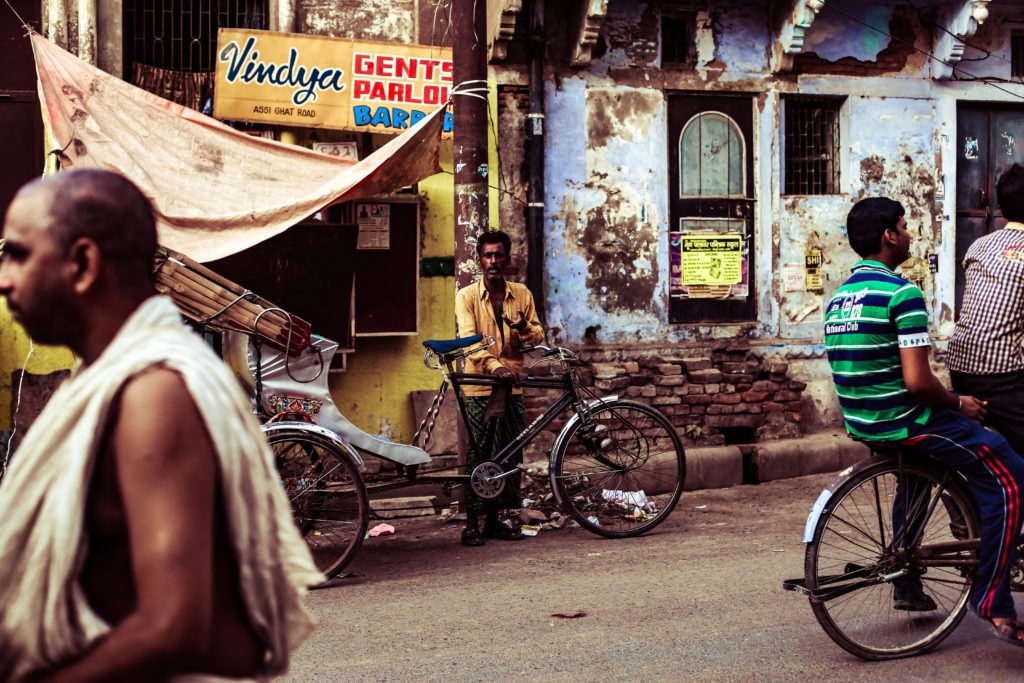International aid has finally arrived in India to help fight their second wave of Coronavirus amidst oxygen and vaccine shortages.
On Monday 26th April, India recorded over 300,000 new cases and 2,771 deaths, all in the face of vaccine, oxygen, and medicinal supplies shortages.
Oxygen Shortages
Oxygen demand in India has been steadily increasing between 6% and 8% every day according to PATH. Whilst healthcare facilities usually use 15% of all Indian oxygen supplies – this rose to 90% amidst their second wave.
On Tuesday 27th April, 100 ventilators and 95 oxygen tanks from the UK landed in India to help relieve hospitals throughout the country.
https://twitter.com/MEAIndia/status/1386859579816828931
Dr Harjit Singh Bhatti, working on a Covid ward in Delhi’s Manipal Hospital, said: “They are not getting oxygen and they are dying on the roads.”
The owner of a small oxygen plant in Maharashtra, Rajabhau Shinde, said: “We have been telling authorities that we are willing to increase our capacity but we need financial aid for that.
“Nobody said anything and now suddenly, hospitals and doctors are pleading for more cylinders.”
Vaccine Shortages
Despite plans to administer the vaccine to everyone over the age of 18 by May 1st, India is still facing vaccine supply problems.
Punjab claimed to only have 190,000 doses left, with more than 100,000 expected to be used by the end of Monday 26th.
Rajasthan Health Minister, Raghu Sharma, said: “The Serum Institute told us that till 15th May, they may not even be able to complete the prior order of the central government.”
The US has given India 60 million doses of their unused Oxford Astra-Zeneca vaccine which has not yet been given approval by American authorities.
Pledges of support have begun to come in from countries such as Australia, Denmark, Bhutan, the UAE, and Saudi Arabia.
The President of the European Commission, Ursula von der Leyen, said: “The EU is pooling resources to respond rapidly to India’s request for assistance.”
Hospitals Filled to Capacity
In Delhi, India’s capital territory with a population of around 20 million people, hospitals are filled to capacity.
One man told Reuters: “We have been roaming around for three days searching for a bed.”
In Kolkata, West Bengal, doctors reported the Covid-19 positivity rate at close to 50%.
Dr Siddheshwar Shinde from Pune Covid Hospital said: “The situation is so bad that we had to treat some patients in a cardiac ambulance for 12 hours until they could get an ICU bed.”
“Usually hospitals like ours were able to have enough oxygen supply. But in the past fortnight, keeping people breathing has become a task.
“Patients as young as 22 need oxygen support.”
Around 4,000 Indian train carriages have been converted into isolation wards for those with mild and moderate symptoms.
These trains will be deployed in Delhi, Maharashtra and are soon to be in Punjab.
“Indian authorities have confirmed more than 17 million infections”
For the first time in 167 years Asia’s oldest rail network, Indian Railways, has suspended passenger services until 14 April. Instead, the train carriages will be converted into isolation wards for COVID-19 patients. https://t.co/LIrkby4Bjd pic.twitter.com/EiEiWm8kY3
— Getaway Magazine (@GetawayMagazine) April 6, 2020
On Monday 26th April, Australia suspended direct flights from India until 15th May at the earliest due to rising Covid cases.
In total, Indian authorities have confirmed more than 17 million infections and 197,000 deaths.
These numbers, however, are expected to be higher as many civilians are either avoiding or struggling to access tests, with many deaths in rural areas not being registered.
“I can’t believe we’re in the capital of India,” said Jayant Malhotra, a relief worker at the Delhi crematorium: “People aren’t getting oxygen and they’re dying like animals.”
Madeleine Raine
Featured image courtesy of Charl Folscher on Unsplash. This image has in no way been altered. Image license is available here.

